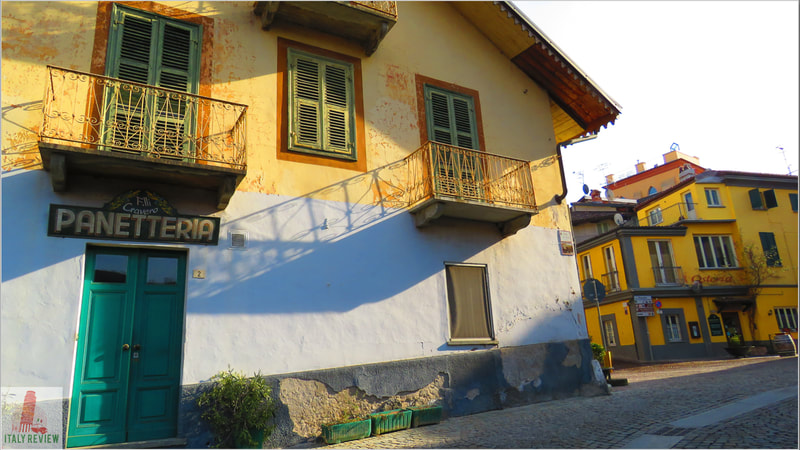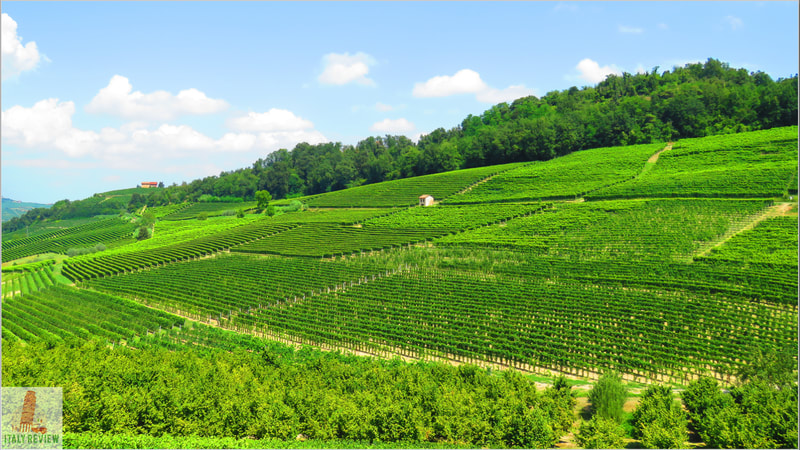Barolo
|
By Dion Protani
|
Latest update: 30 December 2023
|
|
The vineyard town of Barolo is situated within the Province of Cuneo. It stands at an elevation of 213 metres above sea level with a population of around 750 inhabitants.
Nearby places of interest include Vergne, Castiglione Falletto, Monforte d'Alba and La Morra while the recommended accommodation for Barolo is the Casa Svizzera Agriturismo. |
Barolo has been a UNESCO World Heritage Site since 2014 under the heading Vineyard Landscape of Piedmont: Langhe-Roero and Monferrato.
Related links
In the heart of the Langhe
Barolo is a charming town located in the Langhe region of Piedmont, northern Italy. Its history dates back to ancient times, with evidence of human settlement in the area since the Neolithic period. Over the centuries, the region was under the rule of various powers, including the Romans and the House of Savoy.
However, Barolo is most famous for its association with wine. In the mid-19th century, a local nobleman named Camillo Benso, Count of Cavour, played a pivotal role in transforming Barolo into one of Italy's premier wine-producing areas.
However, Barolo is most famous for its association with wine. In the mid-19th century, a local nobleman named Camillo Benso, Count of Cavour, played a pivotal role in transforming Barolo into one of Italy's premier wine-producing areas.
Nebbiolo wine grape
Cavour believed in the potential of the Nebbiolo grape grown in the Langhe hills and helped improve winemaking techniques, elevating Barolo wine to international acclaim.
Today, Barolo is renowned worldwide for its exceptional red wines, and the town remains a top destination for wine enthusiasts and travelers seeking to experience the authentic charm of Italian wine country.
Today, Barolo is renowned worldwide for its exceptional red wines, and the town remains a top destination for wine enthusiasts and travelers seeking to experience the authentic charm of Italian wine country.
Highlights and nearby attractions
- Barolo Wine Museum (WiMu): This museum is dedicated to the history and culture of wine production in the region. Visitors can learn about the winemaking process, the role of wine in local traditions, and the impact of Barolo wine on the international wine scene.
- Barolo Castle (Castello Falletti): The ancient castle stands at the heart of Barolo and offers stunning views of the surrounding vineyards and hills. It houses the WiMu and serves as a symbol of the town's viticultural heritage.
- Vineyard Tours: Numerous wineries in Barolo and the Langhe region offer guided tours of their vineyards and cellars, providing insights into the winemaking process and opportunities to taste some of the world's finest Barolo wines.
- Chiesa di San Donato: This charming church located in Barolo's historic center features beautiful Baroque architecture and houses religious artworks.
- Truffle Hunting: The Langhe region is also famous for its truffles, and visitors can participate in truffle hunting excursions with trained dogs to experience this unique culinary tradition.
- Scenic Drives: The picturesque countryside surrounding Barolo invites travelers to explore its winding roads and rolling hills, offering breathtaking vistas of vineyards and picturesque villages.
- Local Cuisine: In addition to its world-renowned wines, Barolo boasts a delectable culinary scene. Visitors can indulge in traditional Piedmontese dishes, such as tajarin pasta with truffles, bagna cauda (a warm dipping sauce), and brasato al Barolo (beef braised in Barolo wine).
Comune di Barolo
|
Province: Cuneo
Region: Piedmont Population: 660 (source: ISTAT 1 January 2023) Total size: 6 km² Elevation: 213 metres Highlights: Barolo wines, WiMu Museum, Corkscrew Museum Close by: Vergne, Castiglione Falletto, Monforte d'Alba, La Morra Recommended accommodation: Casa Svizzera Agriturismo |
|
UNESCO World Heritage Site
Vineyard Landscape of Piedmont: Langhe-Roero and Monferrato Year: 2014 |
Awarded the Bandiera Arancione (Orange Flag)
1 of 18 in Piedmont listed by Touring Club Italiano |























